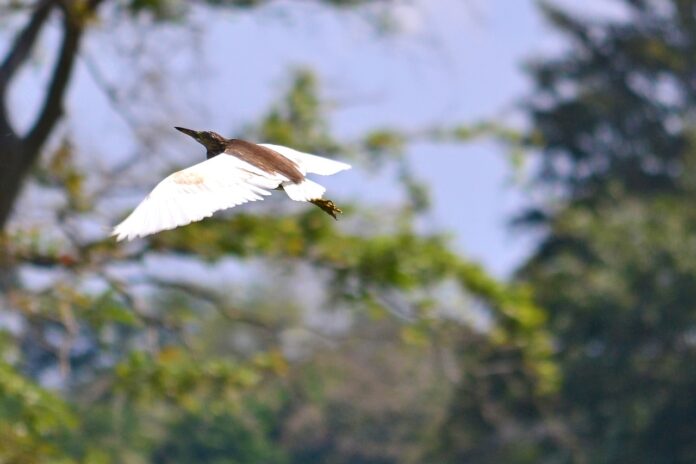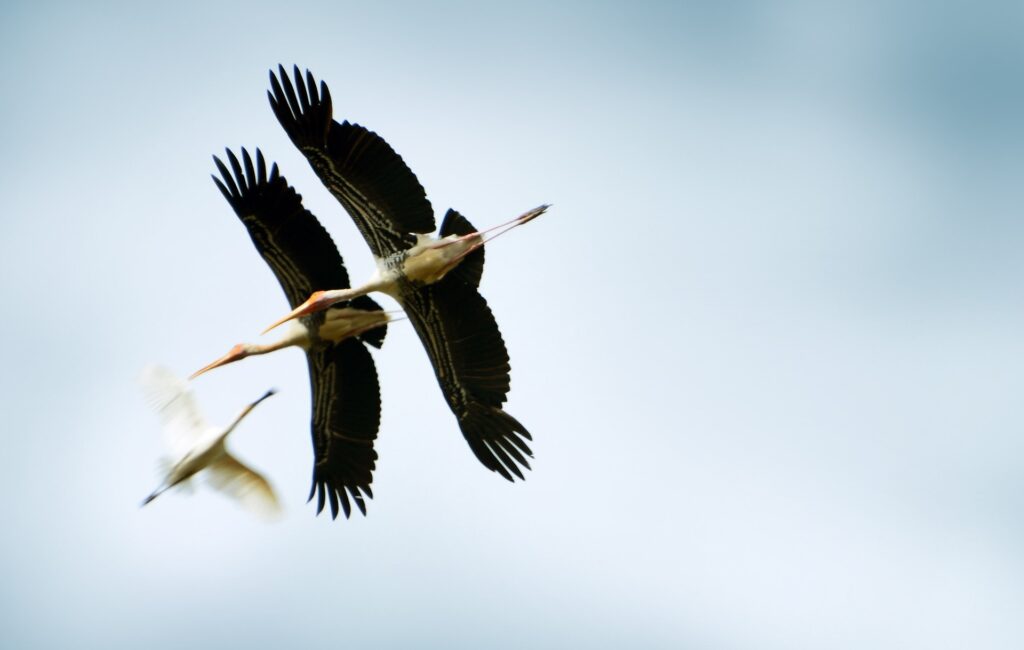
Srilanka is home to 440+ bird species, 33 of which are found nowhere else on the planet. These species include breeding residents as well as migratory birds. However, diminishing forest cover has influenced the distribution patterns of both resident and migratory birds throughout time. The Srilankan islands offer various microclimates and habitats that give a brief haven for visiting species during their stay.
15 most beautiful birds in Srilanka are:
1. Asian brown flycatcher (Muscicapadauurica)
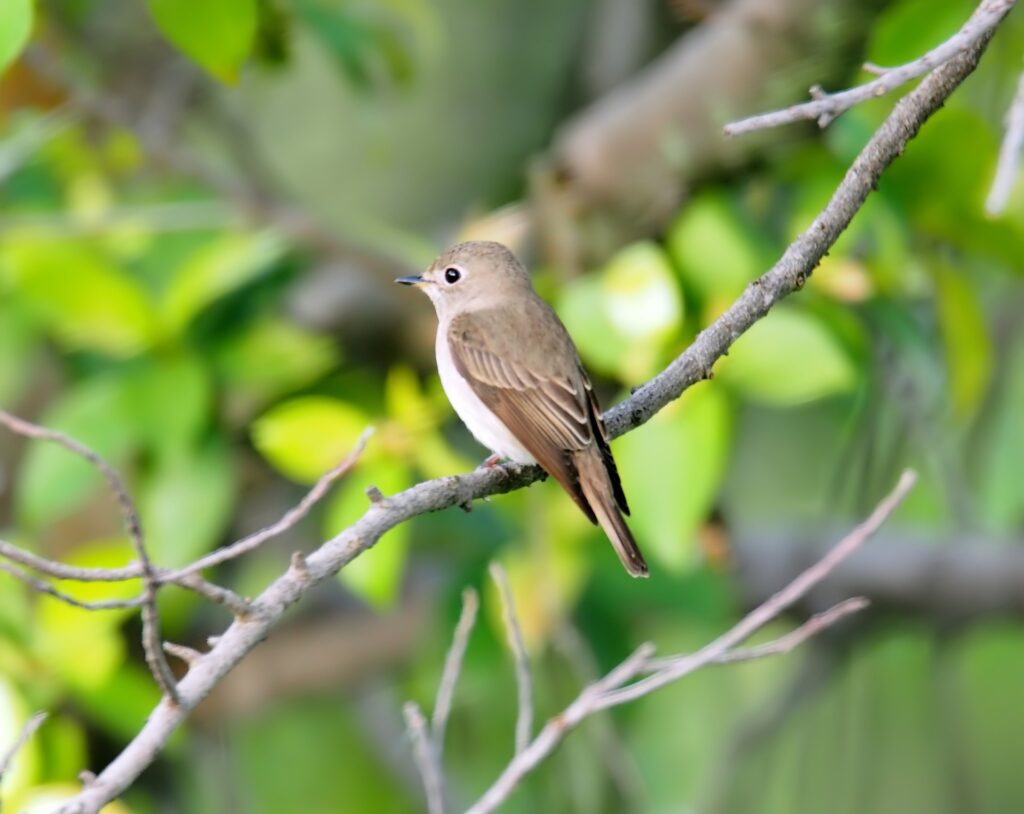
The Asian brown flycatcher is a typical beautiful winter migratory bird that comes in late September to early October and departs in late March. It is one of the most widespread winter migrants in the world.
This arboreal bird may be found primarily in the low-country wet zone, perche during the winter months
Known as a sophisticated territorial marker, these long-winged, short-tailed, short-beaked birds typically produce loud chirps in the morning and evening; if they scream out in excitement during the day, it is frequently an indication of impending rain or thunderstorms.
2.Rosy starling (Pastor roseus)
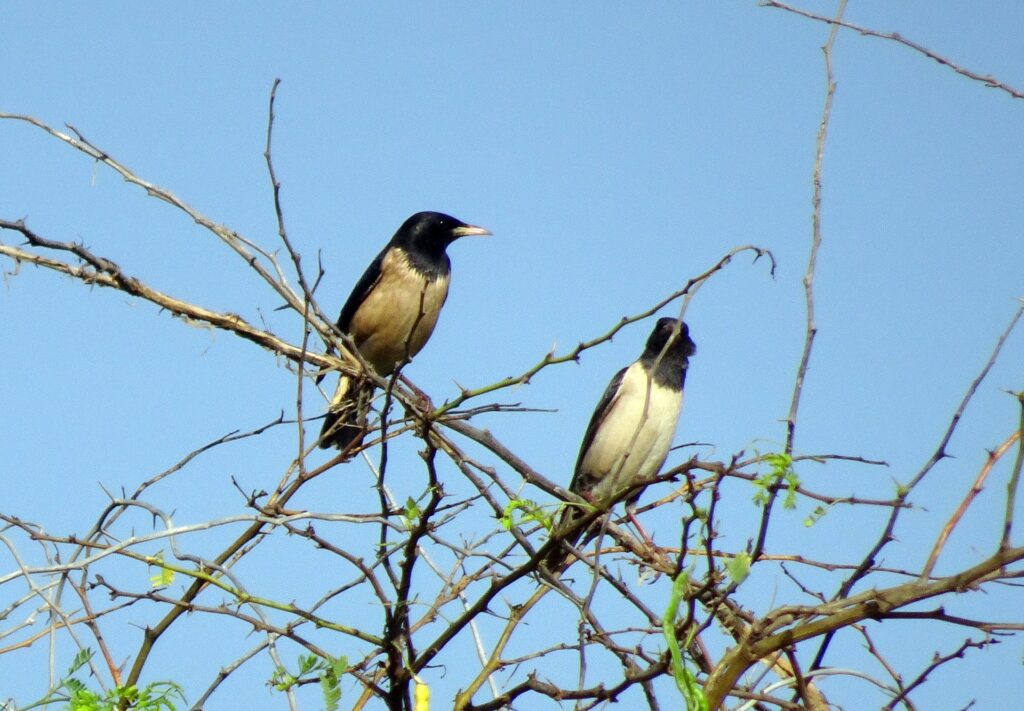
In its winter and breeding plumage, this bird, also known as the rose-colored starling or the rose-colored pastor. It displays a dramatic contrast, more evident in the males, between the two colors. During the winter months, the adult male has a drab look, but during the breeding season, it grows a black head, neck, and throat and an erectile crest of elongated feathers on the top of his head.
This bird’s beak turns utterly pink with a black base during the mating season, which is rather noticeable. As far as migratory animals go, it is highly erratic, with big flocks appearing in some years but being absent in others. It demonstrates a unique preference for trash mounds as a source of food.
3.Layard’s flycatcher (Muscicapamuttui)
Layard’s flycatcher is a tiny bird breed in northeastern Srilanka and is closely related to the brown-breasted flycatcher.
This bird has fluffy breast, which is olive-brown in color. It was first described in detail by E.L. Layard, a British administrator serving the British crown from Point Pedro in the island’s northernmost region.
Initially believed to be a local species, it was revealed to be a migratory species much later. It is frequently seen perched on lower branches of trees in forest environments or well-shaded residential gardens. Its preying behavior is to rapidly descend to the ground to grab food, primarily consisting of insects with the occasional lizard or earthworm thrown in for good measure.
4.Brown Shrike(Laniuscristatus)
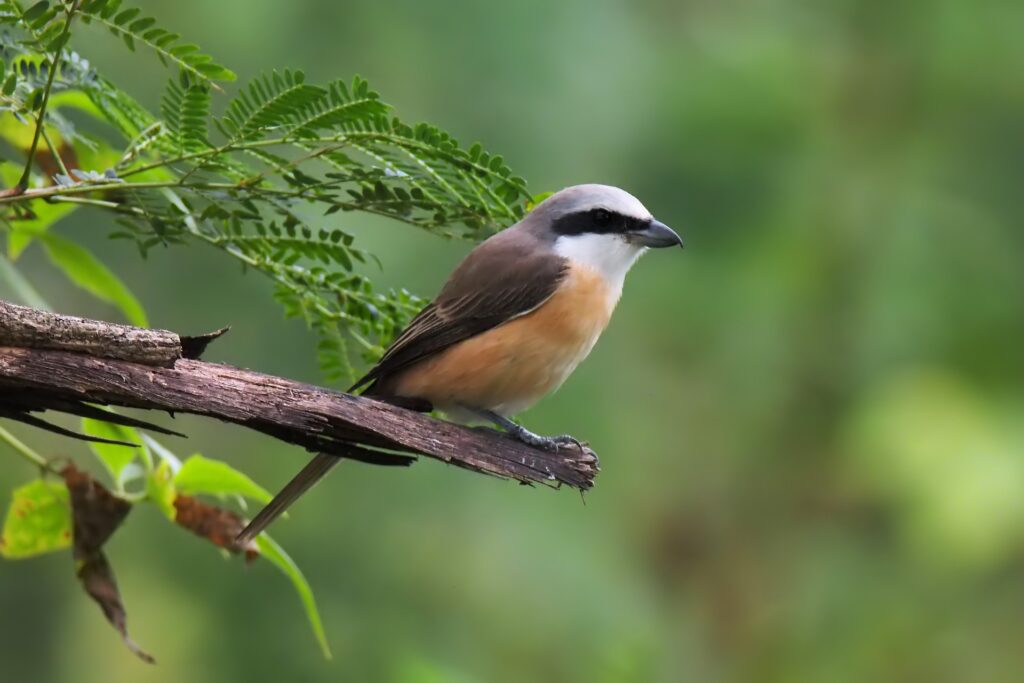
The brown shrike is a bird that may be found mainly in Srilanka and is frequently referred to as a “butcher bird” because of its prey.
These highly territorial birds, which eat on various insects, are a typical late arrival on the island, arriving in the early to mid-October time frame. Once they have marked their area, they frequently engage in hostile behavior toward other bird species, driving them away.
These birds can consume hard-bodied insects such as beetles because it has a unique ability to crush the insect’s body with its powerful beak.
The demarcation of the territory is announced by loud morning cries, which are made immediately upon arrival. As the bird becomes acclimated to its wintering grounds, its sounds become more quiet and infrequent.
5.Daurian starling (Agropsarsturninus)
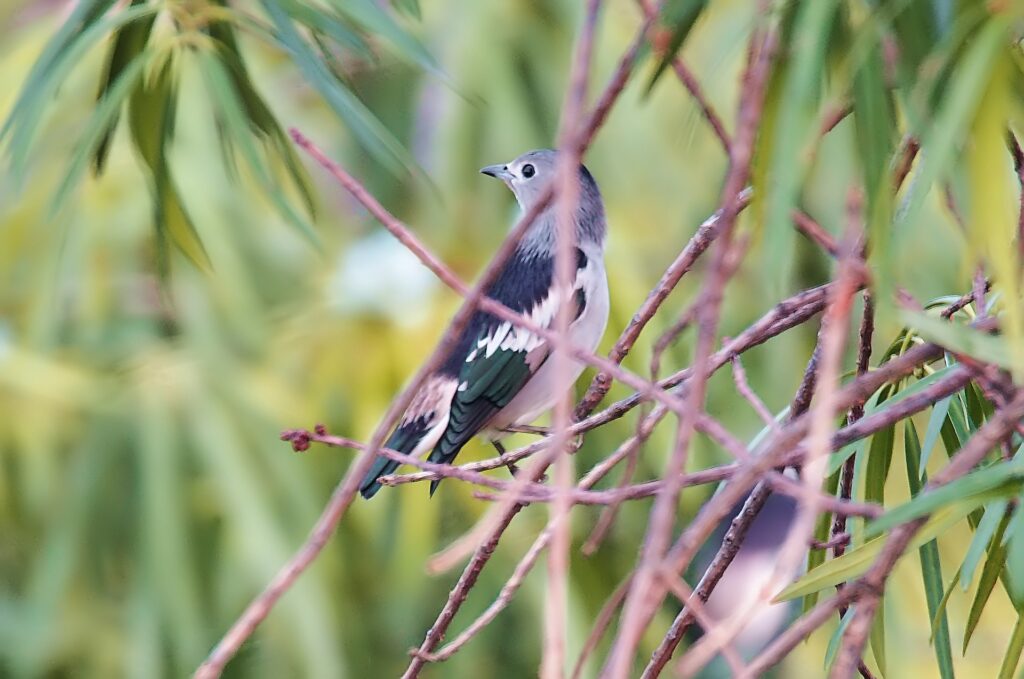
The Daurian starling, sometimes known as the purple-backed starling, is a winter visitor that is difficult to find.
According to the researcher, during the 2018 winter migration, Gunawardena spotted a handful of them, including many in the southern part of Colombo, the commercial city.
Even though they are occasionally ubiquitous and seen in huge numbers during the winter months, he notices that the flocks are pretty modest in specific years.
Although it is an often photographed bird, Gunawardena’s painting is believed to be the only one of its kind in the area.
6.Blue-and-white Flycatcher (Cyanoptilacyanomelana)

Gunawardena discovered the blue and white flycatcher, a magnificent migratory songbird near the Sinharaja forest reserve entrance, where he was the first person to see it.
Even though there are several pictures of this striking bird, this bird is widely regarded as the sole locally produced depiction of the species.
7.Sand martin (Ripariariparia)

Landing in Sri Lanka in modest numbers for their wintering grounds, Sand martins, also known as bank swallows or collared sand martins on the Indian subcontinent, are migratory swallows that travel long distances to find food and shelter.
These birds, which are closely connected with the barn swallow and move in huge numbers, may be distinguished by the brown band across the breast, the deeply forked tail, and the brown back on which they are patterned. They are more active during the day and are frequently seated on a high perch.
8.Malay bittern (Gorsachiusmelanolophus)

The Malayan bittern is a medium-sized bird also known as the Malayan night heron. It arrives in the winter around September and departs by March or April. After a bit of respite, it travels inland and finds its way to the island’s wooded mountains.
It is a nocturnal bird primarily seen in the juvenile form in this area; adult sightings are incredibly uncommon. It is one of the most violent migrants, launching brutal attacks with an abnormal neck movement and wielding its huge beak as a lethal weapon. It mainly targets bright things or, in the case of people, the eyes in general.
When people attempted to photograph the bird, the bird usually tried to attack the camera’s lens, exhibiting numerous attacking stances before approaching the camera’s lens.
9.White-winged black tern (Chlidoniasleucopterus)
The white-winged black tern is a small bird species found near or in bodies of Srilankan water. The white-winged black tern (Chlidoniasleucopterus) has a significant change in plumage across the seasons. Non-breeding birds and youngsters are white with grey patches and attractive black earmuffs, whereas breeding birds are grey with white patches.
They begin arriving in the middle of September and will remain until the end of April. They have developed their breeding plumage by that time, including short red legs and a black beak.
In Sri Lanka’s Western region, these birds may be seen in large numbers during the winter months in the vicinity of the Bellanwila and Kotte wetlands. They hunt fish and other aquatic animals by darting into the water.
10.Kashmir red-breasted flycatcher (Ficedulaparva)
The Kashmir red-breasted flycatcher breeds in the northwestern Himalayas of India’s Kashmir area during the summer months and then migrates to Sri Lanka for a six-month wintering period.
It establishes a residence on the highest peaks of Sri Lanka and the chilly hilly areas of this tropical island nation from the time it comes in September.
Further research and habitat protection measures should be undertaken to understand this magnificent winter visitor better. Because this bird spends precisely half of its year in Sri Lanka, it should be accorded the same importance as an indigenous species. The only area in the world where these birds travel during the winter in Sri Lanka is perfect if conservation efforts are coordinated with India.
Controlling the widespread use of pesticides and preserving the species’ natural habitat is essential for the survival of this rare migratory species.
11.Golden oriole (Oriolusoriolus)

The golden oriole, sometimes known as the Eurasian oriole, is a timid arboreal bird that may often lurk among leaves in Srilankan forests.
The male’s plumage is a stunning combination of black and golden hues, while the female is a dull green color. According to the researchers, the Eurasian oriole is somewhat larger than its local cousin (the black-hooded oriole, Oriolusxanthornus), and its golden-yellow shine is brighter. It is also the most well-known of the orioles, out of the two migratory and one resident species.
12.Shoveller (Spatula clypeata)
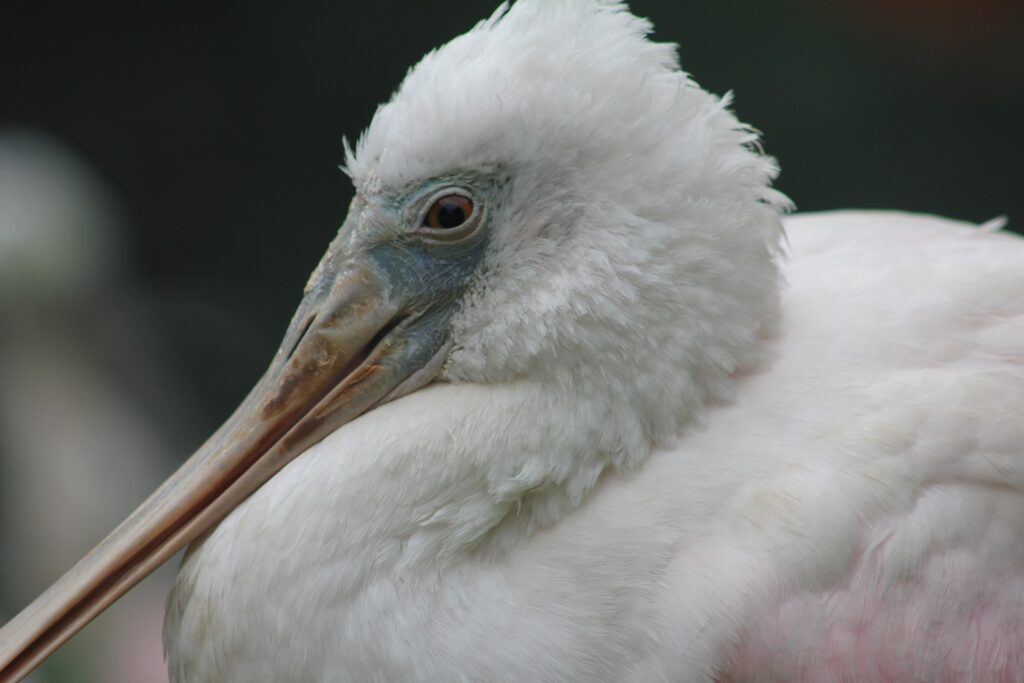
Another beautiful Srilankan bird that displays significant sexual dimorphism is the northern shoveller.
The male in Gunawardena’s watercolor picture has an interestingly shaded beak used to grab insects — or shovel them in fast, as the name suggests. Comparatively speaking, the female shoveller is entirely brown and drab in appearance.
During their mating season, the male’s head turns a dark black and acquires a glossy green sheen on the top of his head. It is a common migrant species to Sri Lanka, although only in small numbers, and it may be found in the lagoons and coastal habitats of the island’s dry zone.
13.Ceylon superfowl (Galloperdix bicalcarata)
It is a rare ground-dwelling species that can only be found in the thick forests of the island’s southernmost region. Essentially a woodland bird, it may be found in small numbers on the hills up to around 2000 meters in elevation, although it is most commonly seen in the Srilanka’s Wett Zone.
Very shy and secretive; one is more likely to hear than to see them. People can listen to the characteristic loud “ringing crackles” that signal the creature’s presence from a distance. Most of the time, they live in Kitulgala and Sinharaja. These are two of the most incredible places in the world to look for this elusive creature.
14.CEYLON JUNGLEFOWL (GALLUS LAFAYETTI)
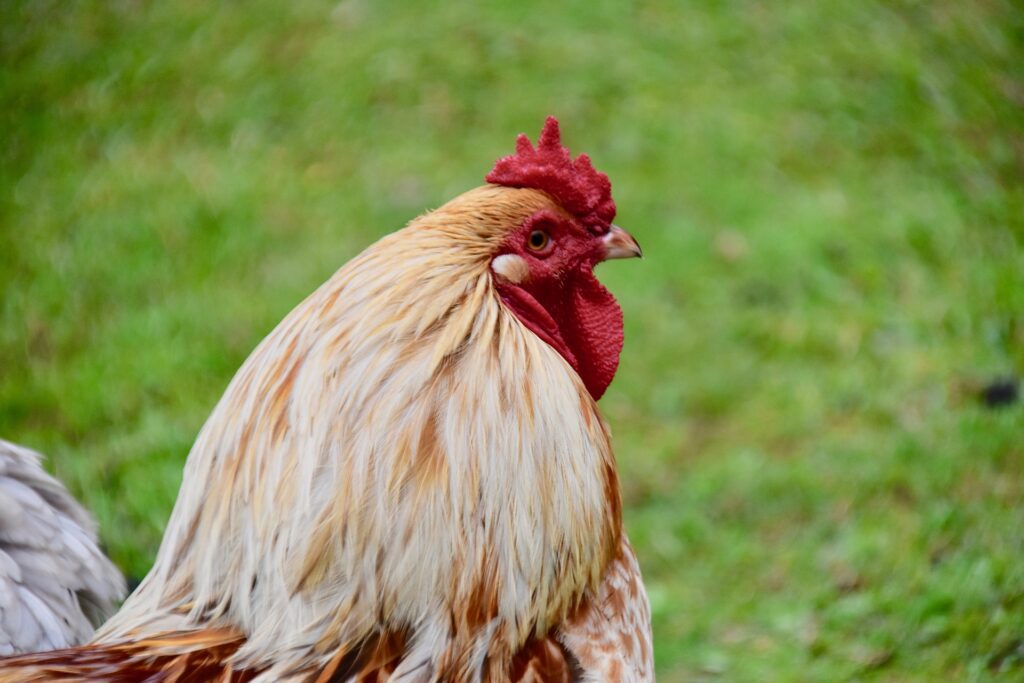
This is another ground bird that may be found in all Srilankan’s climatic zones, from the sea level to the highest peaks of the mountains. Even though it is shy and variable, it may be pretty docile in regions next to woods and behave like a domestic chicken. Never goes more than a few yards from cover. The Sinharaja forest, though this bird can be found in virtually all woods, is the ideal spot to get a close look at it because of its location.
15.CEYLON WOODPIGEON (COLUMBA TORRINGTONNII)
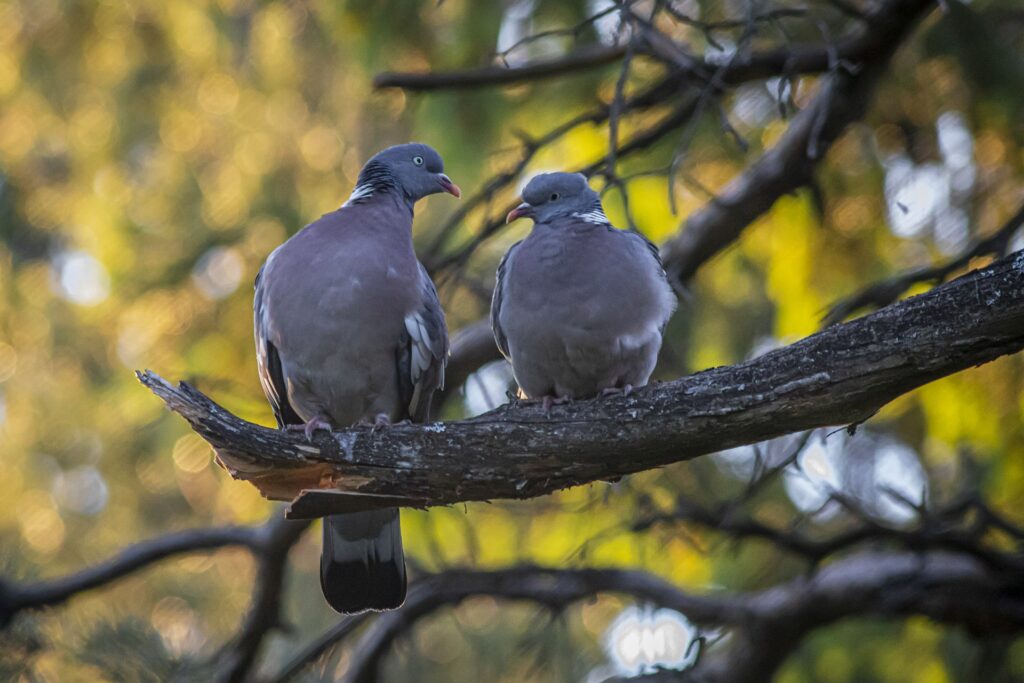
This attractive big pigeon is restricted to the Srilankan’s wet zone because of its size. It is a rare bird found mainly in highland forests and surrounding well-wooded environments, with occasional forays into the lower slopes. Although this bird prefers to spend most of its time in the canopy, it is never reluctant to descend to the ground to eat. Usually reserved, it likes to live in couples or small groups. It may be found in abundance at Horton Plains and Sinharaja, among other locations.
